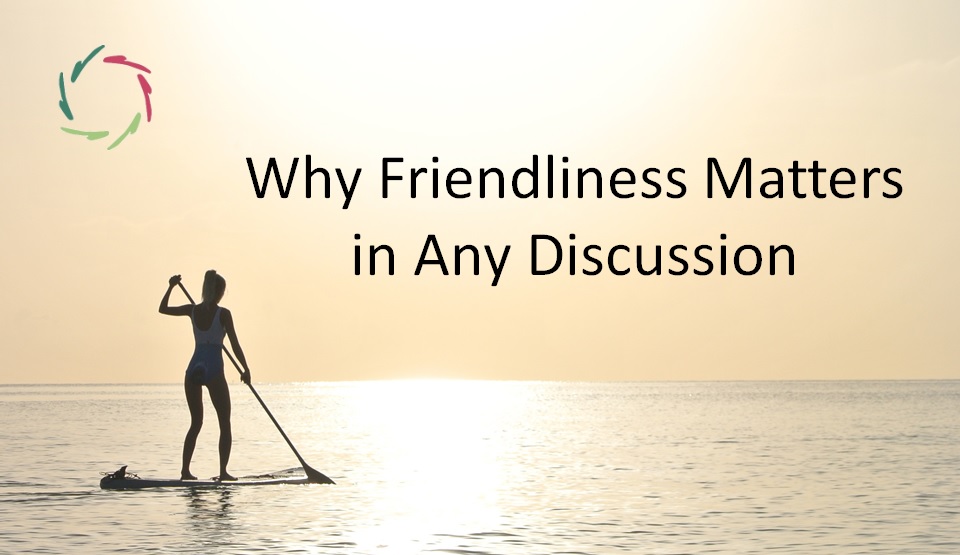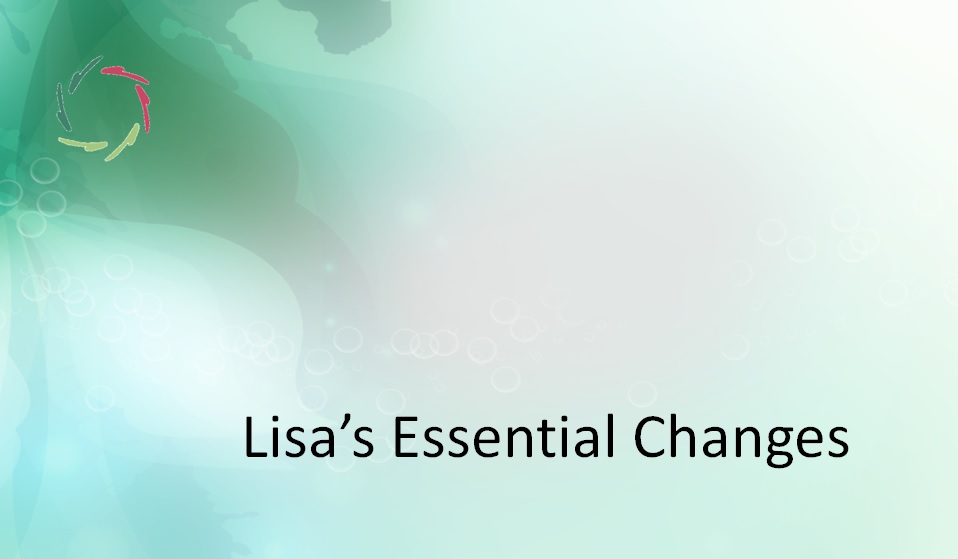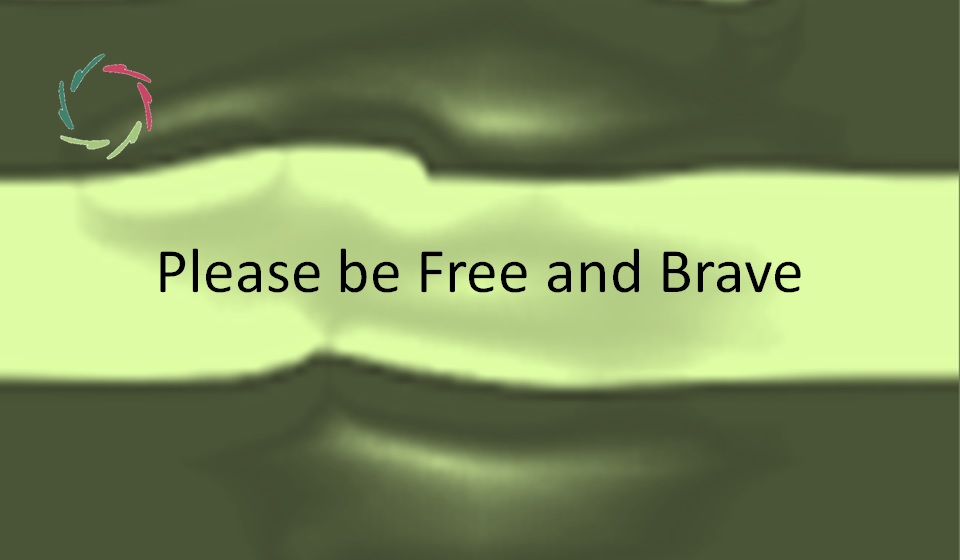The Role of Media in Exacerbating Societal Inner Dissociation

Traditional media, including television, newspapers, and online news outlets, plays a powerful role in shaping how society perceives and interacts with itself. Unfortunately, it often contributes to the exacerbation of Societal Inner Dissociation (SID) through sensationalism, superficiality, and polarized reporting.
This blog explores how traditional media significantly contributes to the fragmentation of societal discourse, amplifies anxiety, and deepens divisions. On the other hand, it can be leveraged to foster deeper empathy and societal cohesion. This is part of the *SID* series. Please read the primary blog of this series for a basic understanding of Societal Inner Dissociation (SID).
Media as a reflection of SID
Traditional media frequently mirrors the dissociation present within society. The news is meant to be objective. But even so, the choice of topics that are brought in the news is far from objective. News outlets, driven by ratings and readership, tend to focus on stories that provoke strong emotional reactions — whether through shock, fear, or outrage. News reporters and journalists are themselves also subject to the results of SID. This engenders the vicious circle of personal inner dissociation, which heightens SID and vice versa.
The influence of the deeper mind is seldom put at the forefront. For example, social nocebo phenomena are systematically avoided. Time and again, body-mind unity is filtered out, neglected, and avoided.
The result is a media landscape that prioritizes sensational headlines over nuanced analysis. This reinforces SID by encouraging a mindset that skims over the deeper truths of societal issues, favoring quick judgments over thoughtful consideration. This makes the media a robust amplifier of SID ― probably one of the leading causes of why SID is vehemently growing.
Sensationalism and superficiality
Sensational stories, designed to grab attention, often reduce complex issues to simplistic narratives that emphasize conflict, scandal, and fear. This approach caters to the immediate emotional response rather than promoting a deeper understanding of the underlying issues.
Superficiality in reporting leads to a culture where the emphasis is on the most shocking or entertaining aspects of a story. This focus contributes to SID by encouraging a disconnection from deeper truths.
Polarization
While social media is often discussed in terms of polarization, traditional media also plays a significant role in this process. News outlets, particularly those with strong editorial biases, contribute to societal fragmentation by presenting stories in ways that align with specific ideological perspectives. This can deepen divisions within society as individuals increasingly consume news that reinforces their existing beliefs and prejudices.
This reduces the opportunity for meaningful dialogue and increases the sense of division within society, further exacerbating SID.
Media for integration
By prioritizing in-depth reporting, investigative journalism, and balanced perspectives, media outlets can encourage a more reflective and empathetic engagement with the issues that divide us. Programs and articles that delve into the nuances of complex issues, providing historical context and exploring multiple viewpoints, can help to bridge societal divides.
By highlighting stories that promote common humanity and shared experiences, traditional media can serve as a platform for public discourse that encourages dialogue and understanding rather than conflict and division.
This way, media can play a crucial role in healing societal rifts and promoting personal integration.


